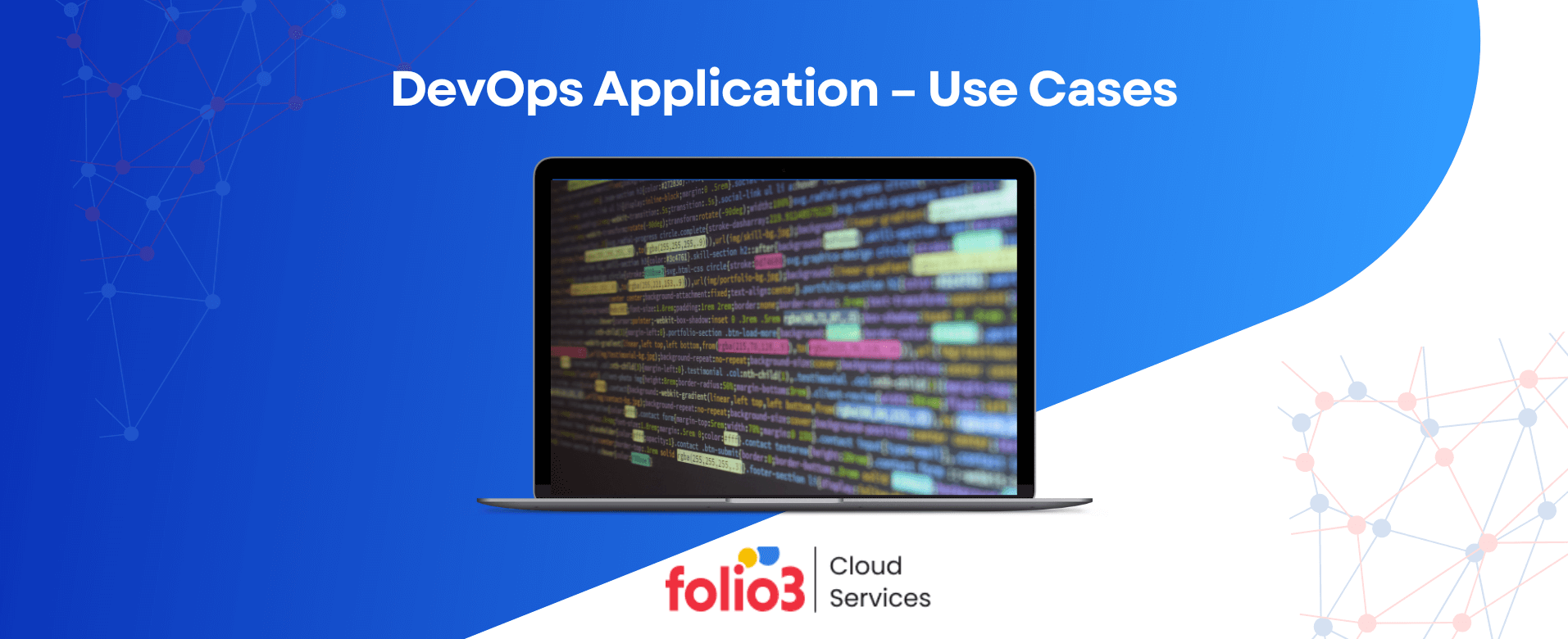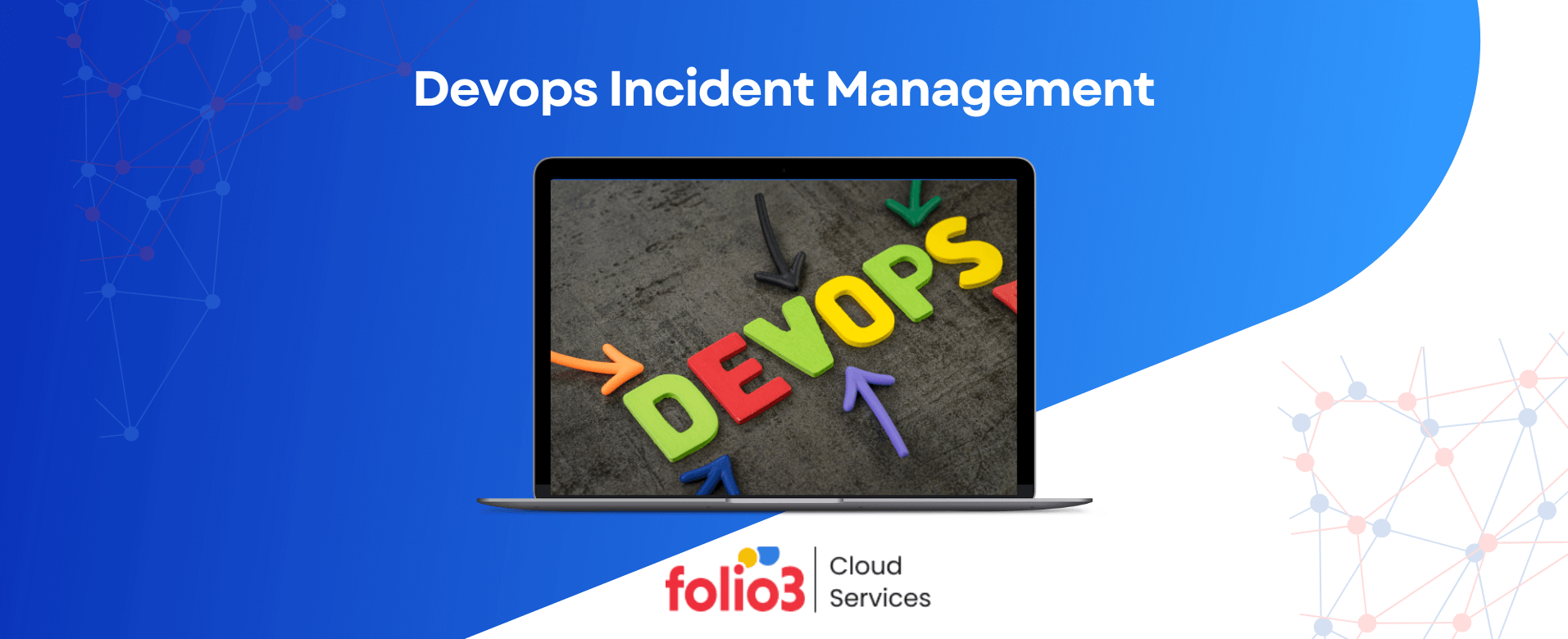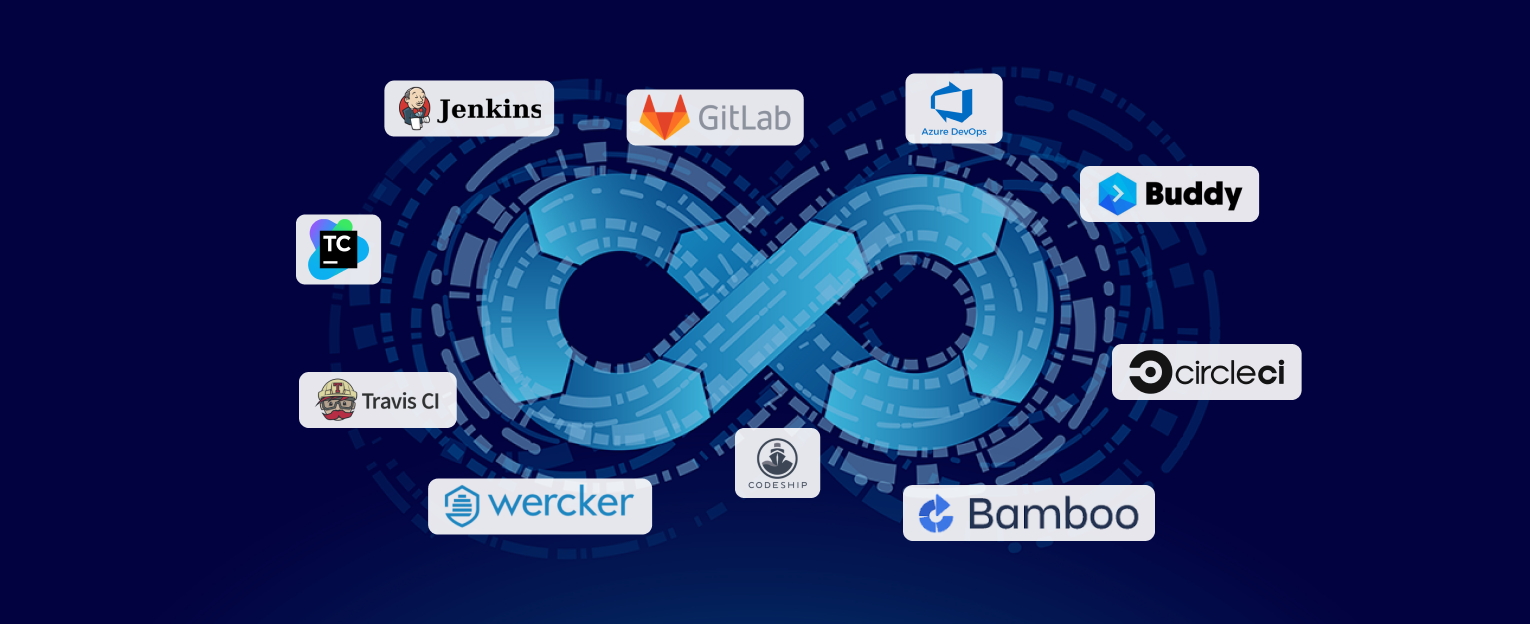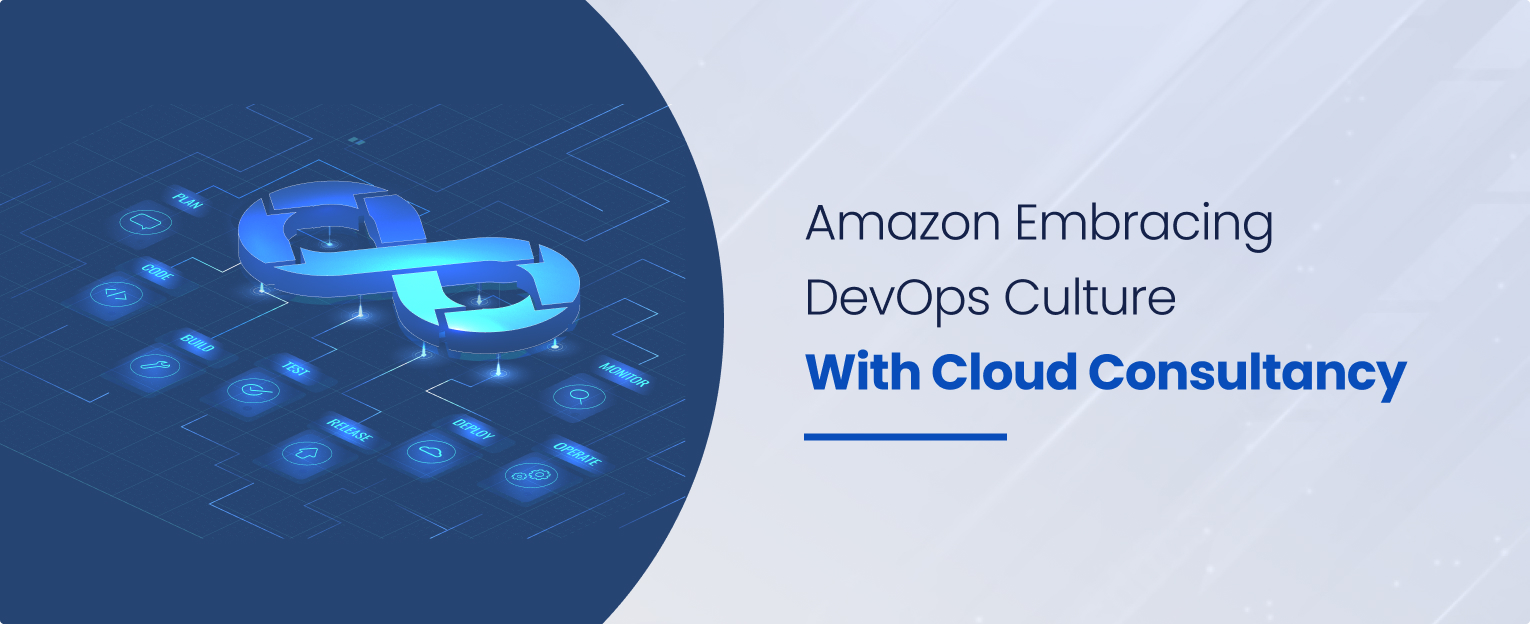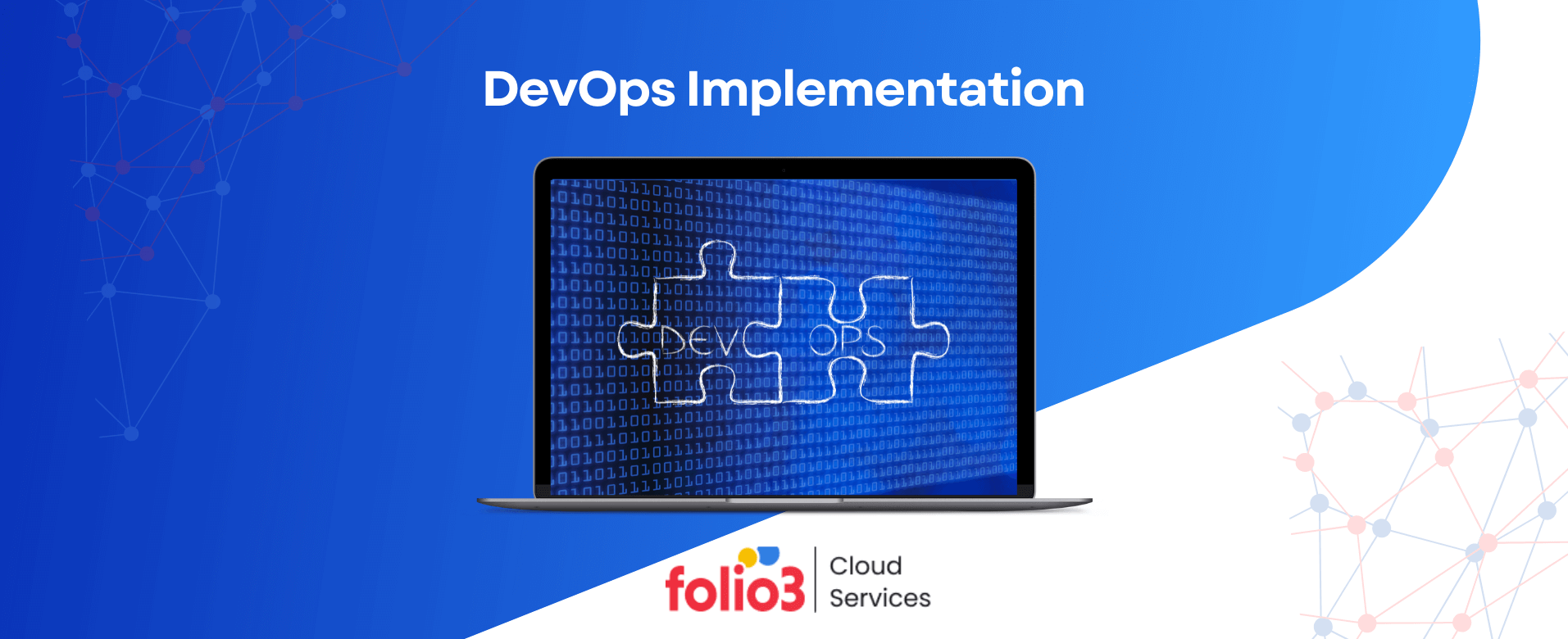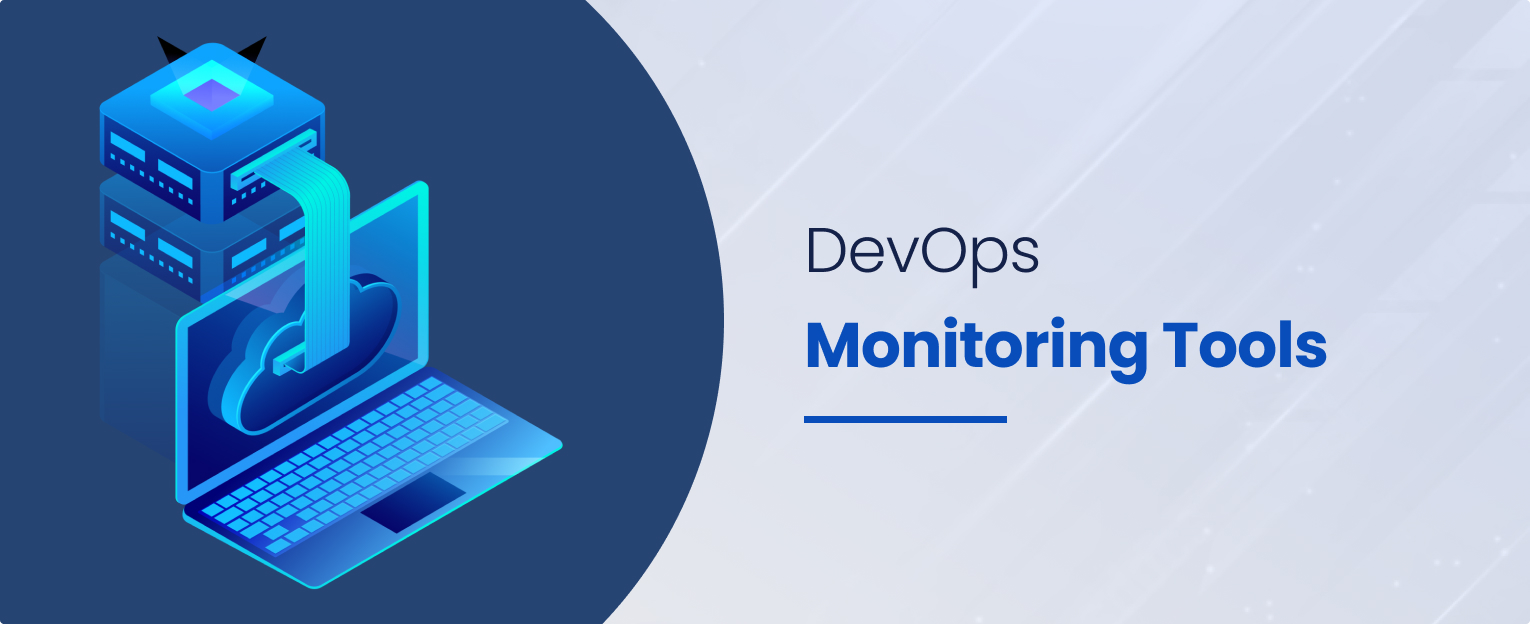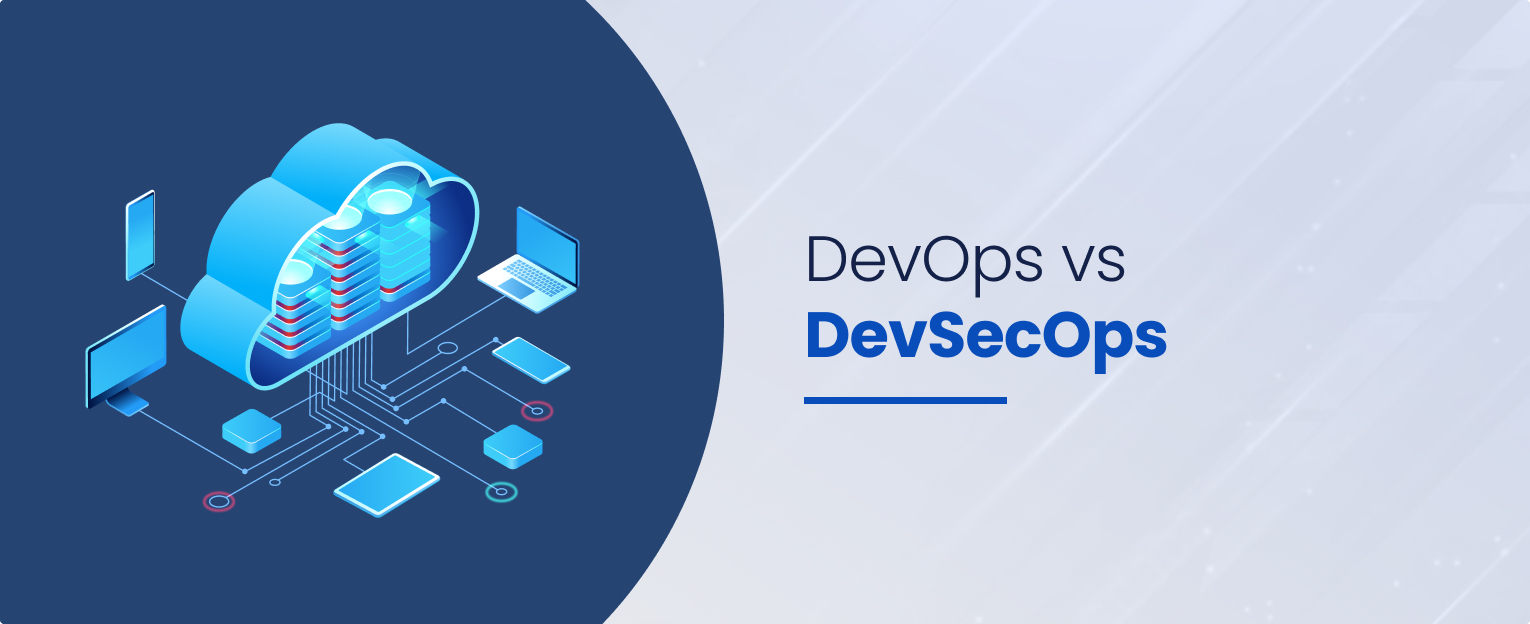Cloud migration challenges encompass various issues for organizations when migrating their infrastructure, applications, and data from on-premises to cloud-based systems.
This process needs careful consideration and appropriate strategy implementation for a smooth and productive path to change. These obstacles are technical issues, operational aspects, digital security apprehensions, and the organization’s readiness.
Addressing these cloud migration challenges is crucial for organizations attempting to utilize the advantages of cloud technology with few disturbances and maximum benefits of their migration.
This blog will discuss ten cloud migration challenges to overcome in 2024 and how you can avoid them. So, let’s get started!
What are the problems and challenges of on-premises to cloud migration?
The migration from on-premises data centers to cloud solutions has now become a strategic necessity for firms struggling to modernize their IT platforms, improve agility, and decrease operational costs.
However this journey is not easy because of cloud migration challenges and difficulties. Cloud migration implies many technical, managerial, and organizational risks that organizations must manage to ensure a smooth transition.
- Data Security and Privacy
- Data Governance
- Legacy System Compatibility
- Service Disruption
- Vendor Lock-in
- Cost Management
- Scalability and Performance
- Skill Gap
- Regulatory Compliance
- Data Migration Plan
Here are the cloud migration challenges and problems that arise when migrating from on-premise to cloud and what you need to know about critical pillars to effectively overcome them.
1. Data Security and Privacy
One of the critical challenges of cloud migration that organizations encountered during that time was data and privacy security. Relocating sensitive data or data complying with regulations to the cloud may lead to unauthorized access to information, data breaches, or inadequate compliance attempts.
Organizations must ensure that their data is secure both before and after the migration process and after transferring to the cloud.
Solution
To address data security and privacy concerns cloud migration security challenges, organizations can implement the following measures:
Encryption
The ability to encrypt data both at rest and in transit aligns with a security standard that prevents the identification of unauthorized entities. Using robust encryption algorithms and vital patterning practices helps secure information even when it is stolen or compromised.
Access Controls
Access restrictions by granular access controls and role-based permissions make the protected data no longer within reach of unauthorized persons. The latter ensures only authorized users can view, modify, or delete data using their respective privileges.
Multi-Factor Authentication (MFA)
MFA in cloud security, the applicability of which is enhanced by using two-factor authentication that requires users to provide at least two kinds of credentials, such as a password and a unique number being sent to their mobile phones, when accessing cloud tools.
Cloud Provider Security
Organizations must use service providers with solid security systems to meet the certification requirements. They must also examine the security facets and compliance rates of potential cloud providers to ensure that they respect their safety and confidentiality requirements.
Data Loss Prevention (DLP)
Organization implementation for DLP solutions allows surveillance and protection of sensible data that is not transmitted outside the organization’s parameters. DLP actions can be taken to ensure that no data restricted for confidential purposes is being transferred to an unapproved party.
Regular Audits and Monitoring
Cloud audits and attempts to find suspicious activities in cloud environments are held regularly to help organizations detect and address security threats in real-time situations.
Security automation is accomplished by sanctioning network threats, alerting security teams to potential security incidents, and responding to the incident by allowing them to respond promptly and effectively.
2. Data governance
Maintaining data integrity, consistency, and regulation compliance poses significant challenges in cloud environments. Data may be distributed across various locations and services, leading to potential inconsistencies, security risks, and regulatory non-compliance.
Solution
Effective data governance in cloud environments requires a proactive approach to addressing challenges related to data integrity, compliance, visibility, and control.
Establish Clear Data Governance Policies
Define data governance policies, standards, and guidelines that outline how data should be managed, accessed, and protected in the cloud environment.
Clearly define roles and responsibilities for data stewards, administrators, and users to ensure accountability and ownership of data governance practices.
Implement Data Management Tools and Platforms
Deploy data management tools and platforms that offer comprehensive capabilities for data governance, such as data cataloging, metadata management, and data lineage tracking.
Use automation and machine learning capabilities to classify and tag data based on sensitivity, compliance requirements, or business relevance.
Ensure Data Consistency and Integrity
Implement data validation and reconciliation processes to ensure data consistency and integrity across cloud services and locations.
Utilize data encryption, hashing, and checksum techniques to protect data integrity during transmission and storage.
Enhance Data Visibility and Control
Utilize centralized dashboards and monitoring tools to gain visibility into data usage, access patterns, and security incidents across the cloud infrastructure.
Implement access controls, encryption, and data masking techniques to control access to sensitive data and prevent unauthorized disclosure.
3. Legacy System Compatibility
Organizations often encounter cloud migration challenges during on-premise to cloud migration related to the compatibility of legacy systems with cloud environments. Legacy systems, which may be outdated or built on obsolete technologies, may not seamlessly integrate with modern cloud platforms.
This lack of compatibility can result in integration issues, data migration complexities, and potential disruptions to business operations.
Solution
To address the cloud data migration challenges of compatibility issues associated with legacy systems, organizations can adopt the following strategies:
Assessment of Compatibility
Before migrating to the cloud, conduct a thorough assessment of the compatibility of existing legacy systems with the chosen cloud platform. Identify any potential compatibility issues, dependencies, or limitations that may arise during migration.
Re-Platforming
Re-platforming involves lifting and shifting existing applications and workloads to the cloud without significantly changing their architecture. This approach allows organizations to retain the functionality of their legacy systems while leveraging the cloud environment’s scalability and flexibility.
Re-Architecting
When organizations’ legacy systems cannot work within hybrid or cloud environments, they re-engineer or refactor their applications’ architecture processes with cloud-native preparedness.
That’s about fragmenting monolithic applications through smaller, microservices-based architectures that are consequently suitable for cloud deployment.
Replacing Legacy Applications
Under varying circumstances, preexisting apps are far too outdated or inadequate to meet the advanced cloud computing requirements to be successfully moved to the cloud.
On these occasions, enterprises may opt instead to replace their use of legacy applications with cloud-native applications and readily available solutions that can easily meet their business objectives.
Interim Solutions
Migrate the transition process using temporary solutions or middleware, which will fill out the data traffic between the legacy systems and the cloud spaces.
Intermediate software tools may render data movement across enterprise software to cloud deployments, data integration, and information interoperability easier.
Data Migration Strategies
Consider the complex nature of data movement from legacy systems to the cloud when developing data migration plans. Guarantee data integrity, consistency, and stability throughout the transfer procedure and account for tools and techniques such as data replication, transformation, and synchronization.
4. Service Disruption
Organizations can experience the risk of service disruptions during the migration process from traditional to cloud solutions, which may lead to downtime and productivity loss.
Service outages signify a situation in which some of the important business services supported by applications are not available or present imperfect performance during the migration activity period.
Solution
To mitigate the risk of service disruption and minimize its impact on business operations, organizations can implement the following strategies:
Strategic Planning
Carefully plan the smooth migration to ensure the migration of the most crucial business services and apps, as some of them may require more time to set up.
It is very important to organize the task’s migration during off-peak hours or non-business hours to provide a minimum impact on the operational activities.
Work with essential stakeholders to guarantee business needs and due dates are considered while applying migration activities.
Rollback Procedures
Develop rollback procedures to revert to the previous state in case of unexpected issues or failures during the migration process.
Rollback procedures should be well-documented, tested, and readily available to migration teams. Implement checkpoints and validation steps throughout the migration to identify potential challenges with cloud migration early and initiate rollback procedures if necessary.
Thorough Testing
Thoroughly test the migration modes and options and find possible problems that interfere with programming into cloud environments.
Do functional testing, performance testing, and user acceptance testing to ensure migrated services’ functionality and performance are working correctly by the end. Identify and address any existing problems or misalignments before launching a full-scale migration.
Communication and Coordination
The lines of communication with all the stakeholders, which mainly include IT teams, business units, and end users, should be kept open throughout the migration process.
Issue periodic migration progress reports, potential disruptions, and contingency plans in advance to manage rising expectations and reduce uncertainty. Ensure synchronization of efforts with internal and external parties involved in the exercise to harmonize activities and issue resolution promptly.
Monitoring and Remediation
Ensure the service is entirely monitored and alerted when the status or availability of critical services and applications changes during migration. Constantly monitor the key performance measures (KPIs), system logs, and user feedback to detect signs of anomalies or service degradation.
Respond immediately to challenges with cloud migration or incidents with prompt remediation measures to lower the risk of downtime and maintain business activities.
5. Vendor Lock-in
Vendor lock-in can be interpreted as an organization becoming highly committed to one service provider and limiting its ability to switch to other providers or new platforms.
Such vulnerability may restrict flexibility, increase costs, and prevent innovation, as it may be challenging to migrate data and applications or move services to another provider.
Solution
To mitigate the risk of vendor lock-in and maintain flexibility in cloud adoption, organizations can implement the following strategies:
Multi-Cloud Strategy
Leverage services and resources from multiple cloud providers to embrace a multi-cloud approach. Distributing workloads across different cloud platforms reduces dependency on any single vendor and mitigates the risk of vendor lock-in.
Evaluate the strengths and weaknesses of each cloud provider and select services that best meet the organization’s requirements.
Hybrid Cloud Deployment
To create a hybrid cloud environment, combine public cloud services with private cloud infrastructure or on-premise systems.
Hybrid cloud deployments offer the flexibility to host sensitive or critical workloads on-premise or in a private cloud while leveraging the scalability and agility of public cloud services for other workloads.
Interoperable Standards
Prioritize cloud solutions that adhere to open standards and interoperable technologies. Choose cloud providers that support common standards for data formats, APIs, and protocols, enabling seamless integration and portability between different cloud environments.
Apply containerization technologies, including Kubernetes, to tar applications to quickly run them across the clouds and orchestrate them scalable.
Data Portability
Ensure that information and applications are portable and easily transferred between different cloud programs. Introduce containerization, microservices architecture, and serverless computing to enable the applications to work despite patching or underlying infrastructure change and technology.
Data management systems should be in place that help move and interact data between different applications and systems, such as standardized formats, data virtualization, and replication techniques.
Exit Strategy
Create a plan beforehand to avoid the vendor lock-in risk and allow migrating to other cloud providers.
Establish disability when evaluating potential vendors, ensure there is a plan for transition, make the performance of the first provider the criteria for evaluation, and conduct performance and capability assessments on cloud providers regularly.
Sustain mutuality of the agreements by negotiations for escape clauses from vendor locks-in and making data and applications transferable.

UNLOCK YOUR CLOUD POTENTIAL WITH OUR EXPERTISE
Elevate your business with tailored cloud solutions. Folio3 experts optimize performance, security, and cost-efficiency, ensuring your cloud journey’s success.
6. Cost Management
One significant challenge in cloud migration is effectively managing costs. Organizations may encounter unforeseen expenses related to data transfer fees, storage costs, or resource overprovisioning.
Cloud migration projects can exceed budgetary constraints without proper cost management measures and impact the overall return on investment (ROI).
Solution
To address the cloud migration challenges associated with cost management, organizations can implement the following strategies:
Comprehensive Cost Management Strategy
Develop a robust cost management strategy encompassing monitoring, optimizing, and budgeting throughout the cloud migration lifecycle.
Establish precise cost allocation mechanisms, budget thresholds, and financial governance processes to ensure accountability and control over spending.
Cloud Cost Monitoring
Use cloud cost monitoring services and tools that display spending in real-time and allow you to understand resource usage patterns. Then, control key drivers, including compute instances, storage volumes, network bandwidth, and data transfer rates.
Establish the cost anomalies, spot tendencies, and search chances for resource usage optimization and wastage avoidance.
Resource Optimization
Optimize cloud resources to achieve cost savings for performance and scalability that suit requirements. Depending on how it is used and the type of work, have the right compute instances, storage volumes, and other resources.
Implement auto-scaling policies, reservation discounts, and spot instances to optimize resource utilization and reduce costs.
Usage-Based Billing
Leverage usage-based billing models and pay-as-you-go pricing to align costs with usage and demand. For cloud services, take advantage of metered billing, where organizations only pay for the resources consumed per hour or per minute.
Optimize resource provisioning and scaling based on workload requirements to avoid unnecessary expenses.
Cloud Cost Optimization Tools
Utilize cloud cost optimization tools and services provided by cloud service providers or third-party vendors. These tools offer features such as cost visualization, forecasting, allocation, and optimization recommendations.
Leverage insights from these tools to identify cost-saving opportunities, prioritize optimization efforts, and track cost-reduction initiatives.
Financial Governance
Implement financial governance practices to enforce cost controls, budgetary constraints, and spending policies. Establish cost approval workflows, resource tagging standards, and budget allocation rules to ensure compliance with financial guidelines and regulatory requirements.
Conduct regular audits and reviews to assess cost performance, identify deviations from budget targets, and take corrective actions as needed.
7. Scalability and Performance
Maintaining consistent performance and scalability in the cloud, particularly during peak demand periods, presents organizations with a significant challenge.
Fluctuating workloads, unpredictable traffic patterns, and evolving business needs can strain cloud resources and impact application performance.
Solution
To address the cloud migration challenges associated with scalability and performance, organizations can implement the following strategies:
Architectural Design for Scalability
Design cloud architectures with scalability in mind from the outset. Adopt scalable design patterns such as microservices, serverless computing, and distributed architectures that enable applications to scale horizontally and vertically based on demand.
Use modular and loosely coupled components to facilitate independent scaling of different parts of the application stack.
Auto-scaling
Implement auto-scaling policies to dynamically adjust resource capacity in response to changing workload demands. Configure auto-scaling rules based on predefined metrics such as CPU utilization, memory usage, or incoming request rates.
To optimize costs, automatically provision additional compute instances, storage volumes, or database replicas during periods of high demand and scale down resources during periods of low utilization.
Load Balancing
Use load-balancing techniques to distribute incoming traffic evenly across multiple instances or servers to ensure optimal performance and availability.
Deploy load balancers at the network, application, or DNS level to distribute traffic based on geographic location, server health, or session persistence.
Implement load balancing algorithms, such as round-robin, least connections, or weighted distribution, to efficiently utilize resources and improve fault tolerance.
Performance Monitoring and Optimization
Monitor application performance metrics such as response times, latency, throughput, and error rates to identify performance bottlenecks and optimization opportunities.
Utilize performance monitoring tools and services to gain insights into application behavior, resource utilization, and end-user experience. Optimize application performance by fine-tuning configurations, optimizing code, and leveraging caching mechanisms to reduce latency and improve responsiveness.
8. Skill Gap
Organizations often face cloud migration challenges due to lacking expertise and skills to manage and operate cloud environments effectively.
Cloud technologies and platforms demand specialized knowledge in areas such as cloud architecture, security, networking, and automation, which may not be readily available within the organization.
Solution
To overcome the skill gap associated with cloud migration, organizations can implement the following strategies:
Invest in Training and Upskilling
Prioritize training and development programs to equip IT staff with the necessary skills and knowledge to effectively manage cloud environments. Offer certifications, workshops, and hands-on training sessions on cloud platforms, DevOps practices, and relevant technologies.
Encourage continuous learning and provide opportunities for staff to gain practical experience through real-world projects and scenarios.
Third-Party Expertise
Collaborate with third-party experts and consultants with the requisite cloud technology skills and experience. Engage consultants to conduct assessments, develop migration strategies, and guide the process.
Leverage their expertise to navigate complex technical cloud migration challenges, mitigate risks, and ensure successful cloud adoption.
9. Regulatory Compliance
Ensuring regulatory compliance and data protection in the cloud can be challenging due to the complexity of industry regulations, data sovereignty requirements, and privacy laws.
Organizations must navigate many compliance standards and certifications to meet regulatory obligations while leveraging cloud services.
Solution
To address regulatory compliance cloud migration challenges, organizations should consider the following approaches:
Thorough Compliance Assessments
Conduct comprehensive assessments to identify regulatory requirements applicable to the organization’s industry, geographic location, and data processing activities.
Evaluate cloud providers’ compliance certifications, security controls, and data protection mechanisms to ensure alignment with regulatory standards.
Compliance Certifications and Assurances
Select cloud providers that offer compliance certifications and assurances relevant to the organization’s regulatory requirements.
Look for certifications such as SOC 2, ISO 27001, HIPAA, GDPR, and industry-specific compliance frameworks to demonstrate adherence to security and privacy standards.
Obtain written assurances and contractual commitments from cloud providers regarding compliance obligations and data protection measures.
Implement Controls and Monitoring
Deploy robust controls and monitoring mechanisms to maintain compliance with regulatory requirements in the cloud. To protect sensitive information and prevent unauthorized access, implement access controls, encryption, audit logging, and data loss prevention (DLP) measures.
Continuously monitor and audit cloud environments for compliance violations, security incidents, and data breaches, and take remedial actions as necessary.
10. Data Migration Plan
Developing a comprehensive data migration plan that addresses data mapping, validation, and synchronization can be challenging for organizations undertaking cloud migration initiatives.
Data migration involves complex processes and requires meticulous planning to ensure seamless transition and data integrity.
Solution
To overcome the cloud migration challenges associated with data migration in cloud projects, organizations can adopt the following strategies:
Create a Detailed Migration Plan
Develop a detailed data migration plan that outlines the project’s scope, objectives, timelines, and responsibilities.
Define clear migration pathways, data migration strategies, and validation procedures to ensure a structured and systematic approach to data migration.
Break down the migration process into manageable tasks and establish checkpoints and milestones to track progress and ensure accountability.
Test Migration Processes
Conduct thorough testing of migration processes and procedures to validate data migration workflows and identify potential challenges in cloud migration.
Perform pilot migrations with a subset of data to assess migration performance, data integrity, and compatibility with target cloud environments.
Use testing and staging environments to simulate migration scenarios and validate migration scripts, tools, and methodologies before executing full-scale migrations.
Data Validation and Synchronization
Implement data validation and synchronization mechanisms to verify migrated data’s accuracy, completeness, and consistency. Compare source and destination data sets, perform data integrity checks, and reconcile discrepancies to ensure data quality and reliability.
Establish data reconciliation procedures to identify and address data inconsistencies or errors during migration.

UNLOCK YOUR CLOUD POTENTIAL WITH OUR EXPERTISE
Elevate your business with tailored cloud solutions. Folio3 experts optimize performance, security, and cost-efficiency, ensuring your cloud journey’s success.
How can you avoid the challenges in cloud migration?
Navigating the complexities of cloud migration requires careful planning, strategic decision-making, and meticulous execution. By following a structured approach and adopting best practices, organizations can mitigate risks, overcome cloud migration challenges, and successfully transition to the cloud.
Here’s how you can avoid the obstacles in cloud migration:
Assessment and Planning
Before embarking on a cloud migration journey, conduct a comprehensive assessment of your IT environment, applications, and data. To develop a clear migration strategy, identify business objectives, technical requirements, and potential cloud migration challenges.
Create a detailed migration plan that includes timelines, resource allocation, risk mitigation strategies, and communication protocols.
Select a Cloud Service Provider
Choose a cloud service provider (CSP) that aligns with your organization’s needs, goals, and compliance requirements. Evaluate CSPs based on security, reliability, performance, scalability, and cost-effectiveness.
Consider the provider’s track record, service level agreements (SLAs), data protection measures, and compliance certifications to ensure a seamless migration experience.
Design Your Cloud Architecture
Design a scalable, resilient, cost-effective cloud architecture that meets your application and workload requirements.
Define the appropriate cloud deployment model (public, private, hybrid) and design cloud-native solutions optimized for the chosen platform. Implement best practices for cloud security, networking, storage, and data management to ensure a robust and efficient architecture.
Migration Planning
Develop a detailed migration plan that outlines the sequence of migration activities, dependencies, and prerequisites. Based on application characteristics and business objectives, identify migration strategies (lift-and-shift, re-platforming, refactoring).
To minimize risks and ensure a smooth transition, thorough testing and validation of migration processes, data integrity, and application functionality should be conducted.
Execution and Migration
Execute the migration plan according to the defined timelines and milestones. Coordinate with stakeholders, IT teams, and third-party vendors to efficiently execute migration activities.
Monitor migration progress, performance metrics, and critical milestones closely to promptly identify and address any challenges in cloud migration. Implement contingency plans and rollback procedures to mitigate risks and minimize disruptions during migration.
Post-Migration
After completing the migration process, perform thorough validation and testing to ensure migrated applications and data function as expected in the cloud environment.
Conduct performance tuning, optimization, and fine-tuning to maximize the benefits of cloud infrastructure and services. Train and educate IT staff and end-users on cloud best practices, security protocols, and operational procedures to facilitate a smooth transition and foster adoption.
Review and Iterate
Continuously monitor and evaluate your cloud environment’s performance, security, and cost-effectiveness post-migration. Collect feedback from stakeholders, users, and IT teams to identify areas for improvement and optimization.
Conduct regular reviews, audits, and assessments to assess compliance with best practices, industry standards, and regulatory requirements. Iterate on your cloud strategy and architecture to adapt to evolving business needs, technological advancements, and market dynamics.
Conclusion
The cloud migration journey is riddled with cloud migration challenges spanning technical complexities, operational considerations, and security apprehensions.
However, organizations can successfully transition to cloud-based environments by diligently addressing these obstacles and implementing effective strategies.
Each step, from meticulous planning and thorough assessment to selecting the right cloud service provider and designing a robust architecture, is pivotal in ensuring a seamless migration process.
By embracing best practices, monitoring progress, and fostering a culture of continuous improvement, organizations can overcome cloud migration challenges and unlock cloud technology’s full potential for enhanced agility, scalability, and innovation in 2024 and beyond.




